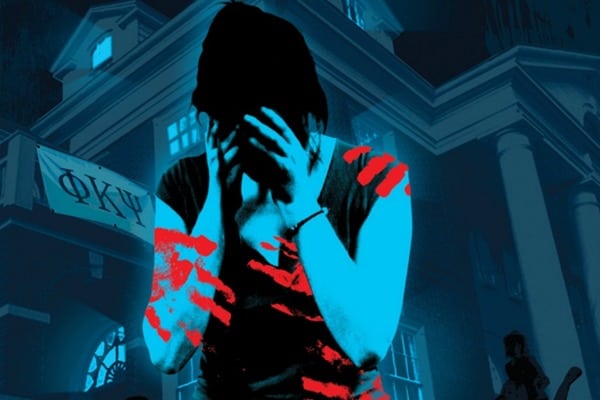

Communicators are likely to keep a close eye on how Rolling Stone magazine contains the damage after the publication last weekend retracted its article about an alleged brutal gang rape at a University of Virginia fraternity.
The move followed the release of a scathing report by the Columbia Graduate School of Journalism—commissioned by Rolling Stone—saying that the magazine failed to engage in “basic, even routine journalistic practice” to verify details of the ordeal that the magazine’s source, identified only as Jackie, described to the article’s author, Sabrina Rubin Erdely.
“Rolling Stone's repudiation of the main narrative in ‘A Rape on Campus’ is a story of journalistic failure that was avoidable,” said the report. “The failure encompassed reporting, editing, editorial supervision and fact-checking.”
Jann S. Wenner, the publisher of Rolling Stone, told The New York Times that he acknowledged the piece’s flaws but said that it represented an isolated and unusual episode and that Erdely would continue to write for the magazine.
However, that would most likely send the wrong message to the public. In order for Rolling Stone to maintain its journalistic integrity Erdely will most likely have to go and, considering the extent of the damage, an editorial shakeup should be in store.
Among other recommendations the report said that, “better and clearer policies about reporting practices, pseudonyms and attribution might well have prevented the magazine's errors. The checking department should have been more assertive about questioning editorial decisions that the story's checker justifiably doubted.”
In an Editor’s note accompanying the report, Rolling Stone Managing Editor Will Dana said that, in addition to retracting the article, “We are also committing ourselves to a series of recommendations about journalistic practices that are spelled out in the report.”
However, if Wenner’s comments to the Times are any indication, there may be a gap between the significant editorial changes recommended in the report and changes that Rolling Stone actually institute.
If the changes resulting from the report end up being half-baked or short-lived, Rolling Stone will face an uphill battle to restore its credibility. Because of the damage done to its journalistic reputation, the publication has to show readers it’s acting in good faith and change the editorial culture. In some sense, Rolling Stone has to go beyond the recommendations in the report.
Otherwise, the report and the UVA article will continue to color people’s perception of the Rolling Stone brand.
How would you contain the damage from the Rolling Stone fallout?
Follow Matthew Schwartz on Twitter: @mpsjourno1
